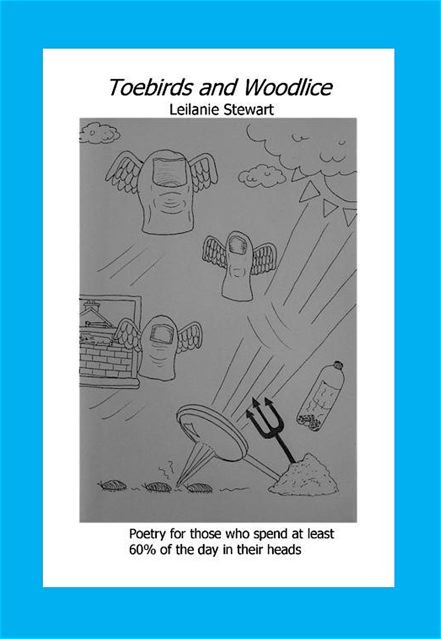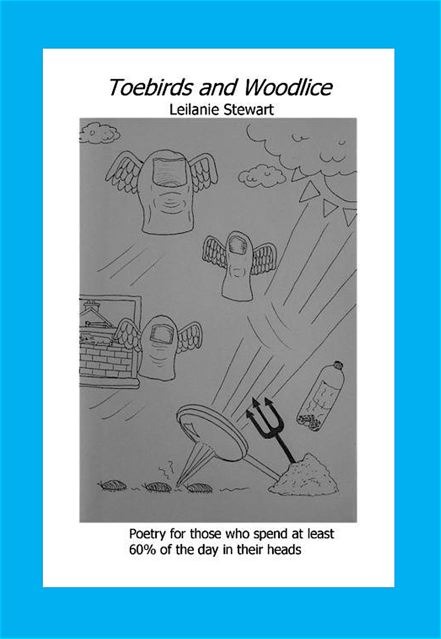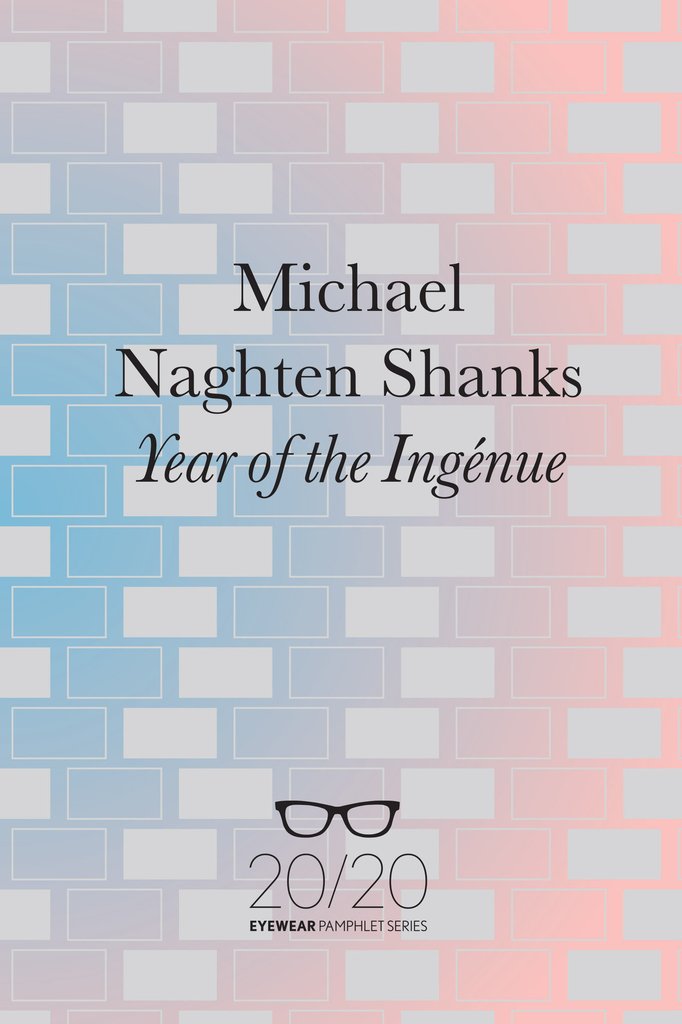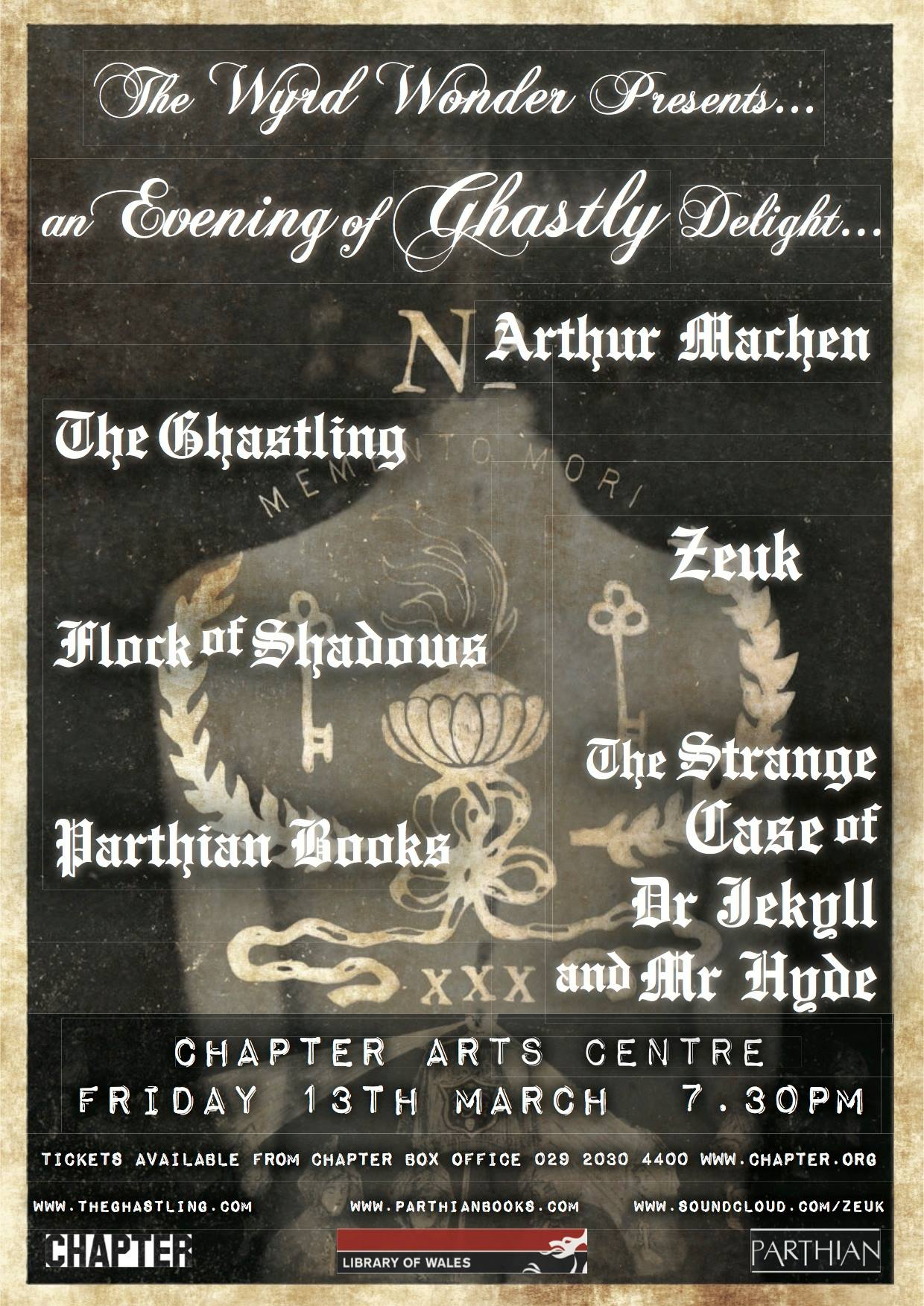‘Toebirds and Woodlice’ by Leilanie Stewart
-Reviewed by Jenna Clake–
What is most striking about Stewart’s Toebirds and Woodlice is its difference to her other pamphlet, Metamorphosis of Woman. Granted, the strong, honest personae are still there, but this time, Stewart is concerned with the mind. The pamphlet opens with ‘Ode to Childhood Dreams’, in which the persona is created through dialect:
Mira scotch-hotch
stole me money
and me right to breathe
The persona’s further threat to ‘ram me gaddow up yer ass’ is hardly unexpected from Stewart: her personae are outspoken and impossible to ignore.
Stewart states that the pamphlet contains ‘poetry for those who spend at least 60% of the day in their heads’ and it is easy to see why. There is a childlike quality to these poems; ‘Neanderthal’, ‘Tinnitus’, ‘Daddy-O’ and ‘Greenwich Meridian’ seem to be voiced by the same speaker, who appears to be attempting to pronounce a new word and simultaneously formulate their thoughts. The thoughts never seem to be truly verbalised, however, with the attempt to pronounce ‘Neanderthal’ ultimately resulting in ‘Nean-a-fish-man’.
The mind is the focus of the collection, as shown by ‘Conundrum’, which charts the cyclical tendency of thoughts:
‘Once I had a cut
That formed a scab
Then I picked the scab
And made a fresh cut’
Each line acts as a new thought, signalled by the capitalisation of the beginning word. However, one is often left wondering what Stewart is trying to say with her poems. Perhaps that is the point entirely: thoughts and the mind are a recurring trend in this pamphlet, and Stewart seems to be attempting to make sense of it all by showing that truly, it can’t make sense.
The tone of the pamphlet is often playful, but at times moves into the more serious. The speaker in ‘Circles and Stripes’ says:
‘I saw this coming
Once upon an idealistic time
Yet it doesn’t make it easier now’
When reading Toebirds and Woodlice, it is possible to chart Stewart’s development as a writer. At times, Stewart begins to experiment with shape, at one point creating a poem, ‘Predator’ to look like the film character. This is one of the weakest poems of the pamphlet, simply because Stewart seems to lose her focus on voice and meaning, and concentrates on the appearance.
The major successes of this chapbook are the poems in which Stewart marries form and content. The narrative poems in the pamphlet are the most effective, such as ‘Causality of a Hopeless Dreamer’, which captures the hopelessness and danger of following ambition in a subtle and affecting way. It ends in a tantalising manner, marrying emotion and surreal images to encapsulate a childlike dream. The poem begins with short lines that grow longer as the poem progresses, charting the speaker’s journey into the dream-world.
The most successful poem, however, is ‘Sock-it-to-me Football-head’. Here, Stewart comes into her element. Her persona is fully realised, and the surreal nature of poem is made unsettling by the violent images, and the speaker’s apparent fascination with them.
It is when Stewart wanders from creating a voice and begins to experiment with well-known sayings and words that she loses her way, and one might think the poetry a little trivial. However, Stewart’s exploration of the mind through poetry still creates an eclectic and ultimately interesting pamphlet.






Pingback: Joseph Robert and Leilanie Stewart – chapbook review in Sabotage | Leilanie Stewart